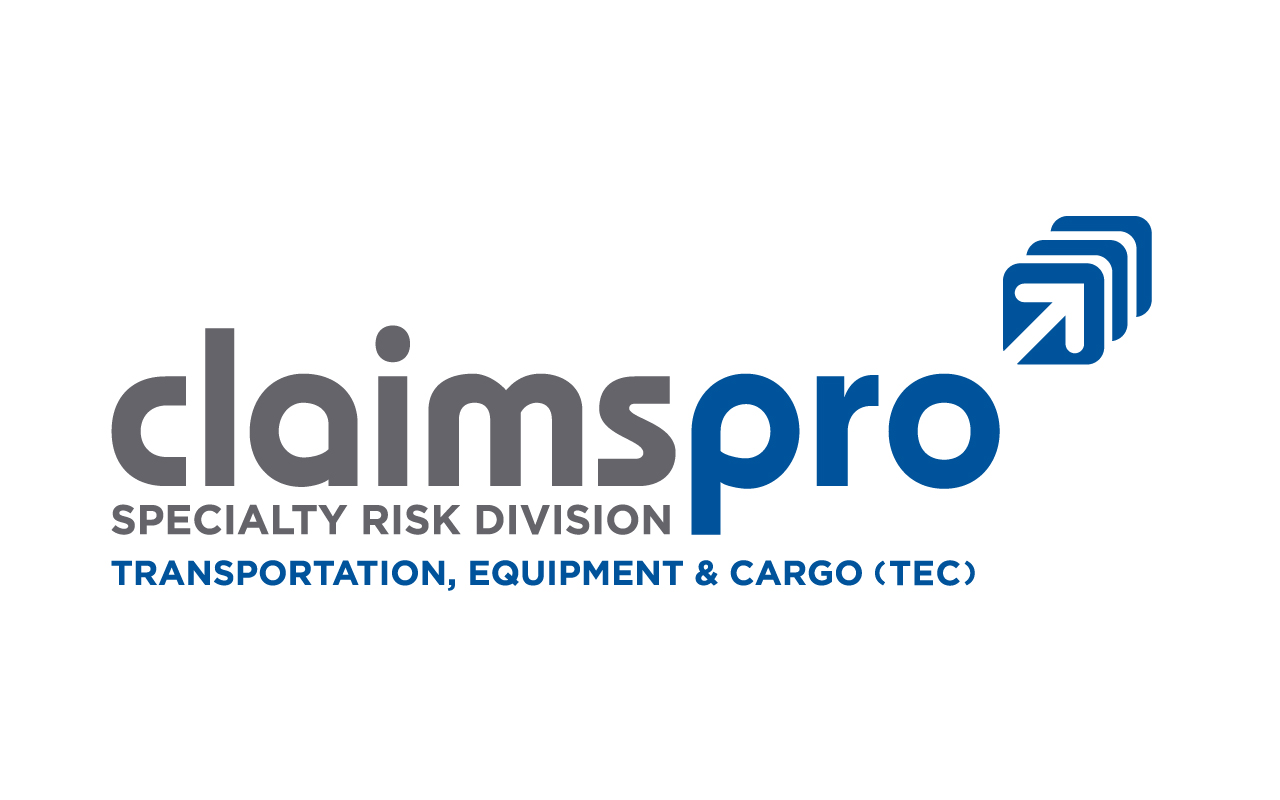Highway Brinkmanship
There was a time when driving was a co-operative effort. If someone needed to change lanes, all that was required was to turn on the appropriate signal and other motorists would make room for them. If you were preparing to parallel park, other motorists would wait while you stopped and backed into the space.
Today, driving seems to be considered more of a competitive sport. Drivers seem to jealously guard “their” space and resent other road users that dare to get in their way.
Sadly, this phenomenon is making its way into the trucking world as well. I’ve lost count of the number of times that I have seen truck drivers signal a lane change and on the third blink, move over regardless of whether there is an opening in traffic. Or tailgating another vehicle to intimidate the other driver to either speed up or move over!
However it shows up on the road, all drivers need to question if they want to get involved in this game of highway brinkmanship that seems to be taking hold.
Normally relegated to the political arena, brinkmanship refers to a willingness to expose oneself to dangerous events and/or major risk to achieve an advantageous outcome, typically the retreat of the other party. Intelligence rarely plays more than a peripheral role in brinkmanship as the “winner” is the player that demonstrates the most reckless disregard for outcomes.
Many of the safety managers out there ask drivers to minimize the risk they are taking.
I think that is misguided. After all, if zero risk is the goal then park the trucks. It’s hard to get more minimal than zero!
The goal for every driver needs to be to optimize risk within the legal parameters that have been established for the industry. And you do not optimize risk by engaging in an on-going game of “chicken” with other road users.
Risk is optimized by weighing the expected costs of risky behaviour alternatives (i.e. speeding tickets, maintenance/repairs, increased insurance costs) against the expected benefits of safe behaviour alternatives (i.e. enhancement of reputation, discounted insurance premiums for accident-free driving).
The key to all of this is for drivers to determine the ultimate goal or expected benefit. And maybe that requires a mind shift from simply delivering the freight to the larger goal of remembering that somebody, somewhere, is waiting for those running lights to come around the corner and to know that you are safely back home!
Rick Geller, CRM
Director of Safety and Risk Management Services
ClaimsPro
Telephone: 204-985-1777
Email: Richard.Geller@scm.ca


